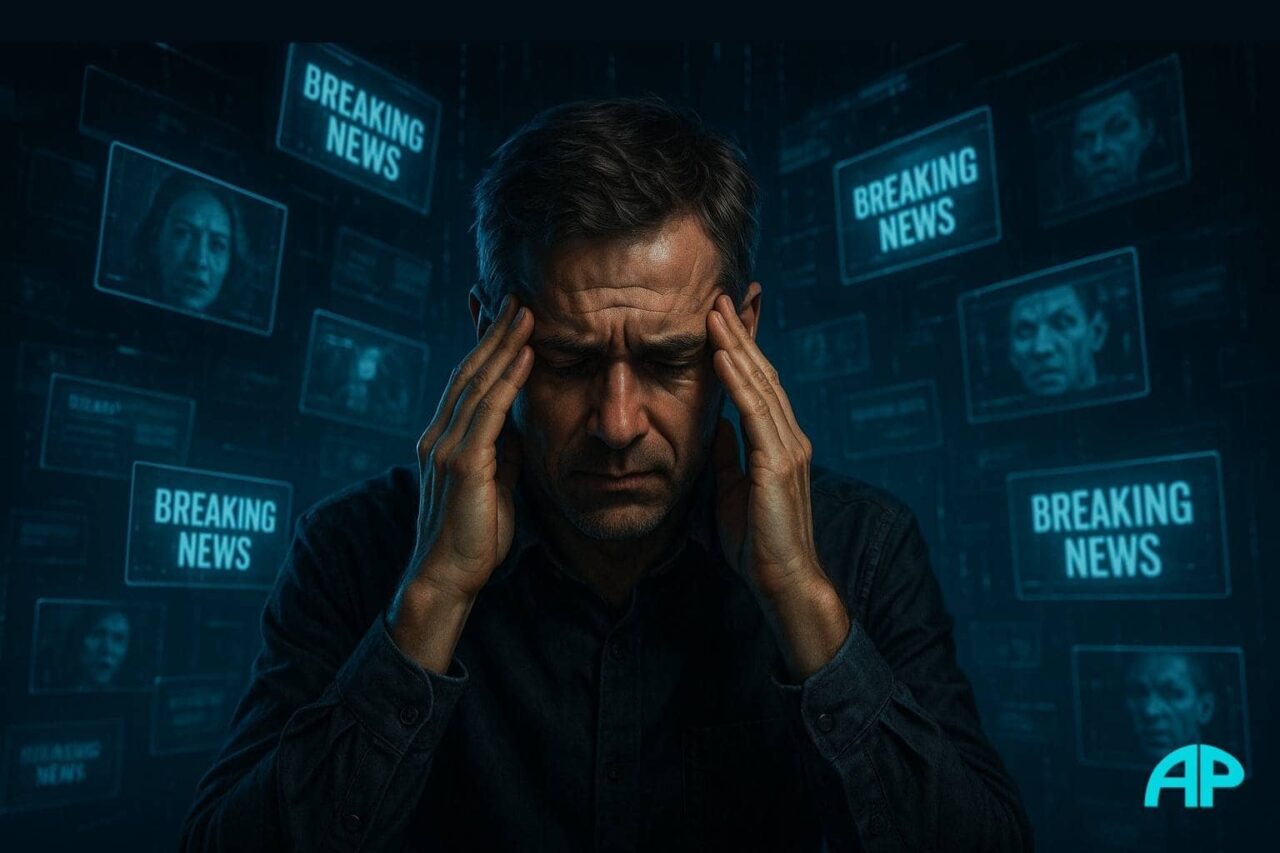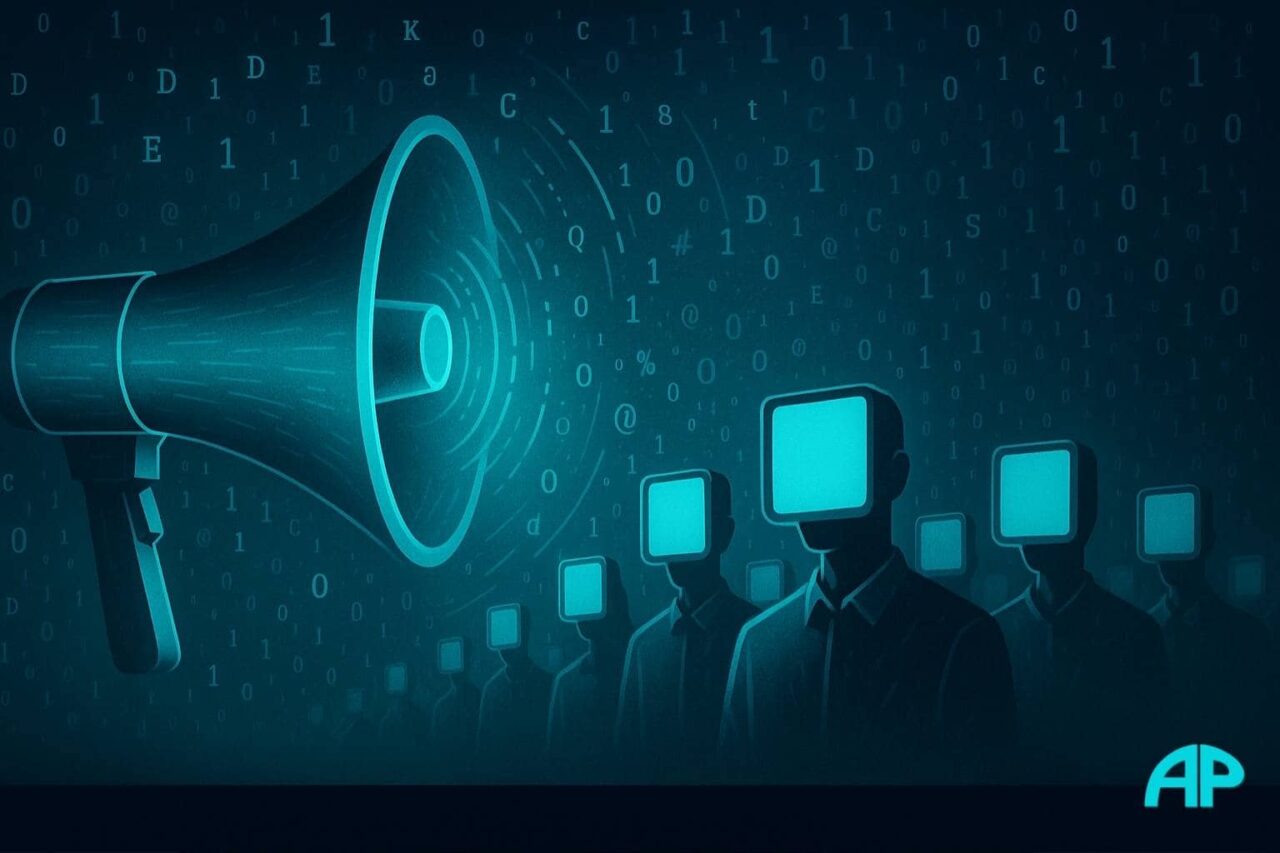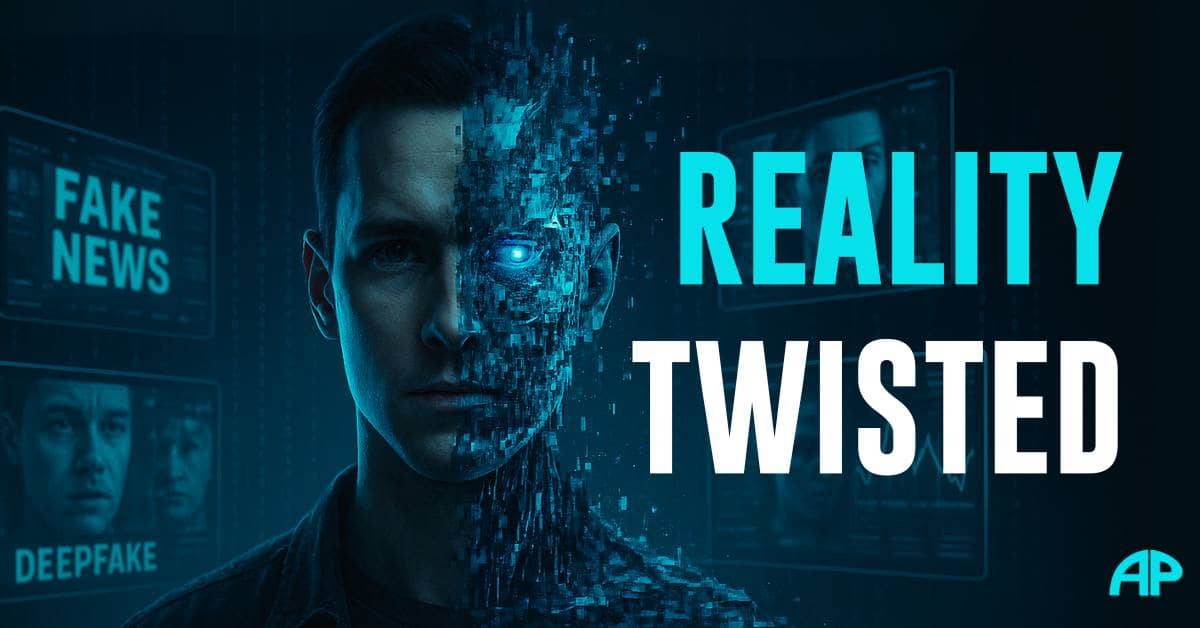Explore how deepfake technology threatens freedom, truth, and what we see in the digital age.
Table of Contents
- Can You Trust What You See?
- What Are Deepfakes?
- Media Deception Rising
- Deepfakes Threaten Freedom
- Truth in the Digital Age
- Future: Hope or Hopeless?
- Conclusion & Take Action
Can You Trust What You See?
Freedom in the Age of Deepfakes is no longer a distant worry—it’s the reality we’re living in right now. Can you really trust anything you see anymore?
We live in an age where a single video clip can destroy reputations, sway elections, or spark outrage across millions of screens. But what happens when that video is a total fabrication—crafted pixel by pixel by artificial intelligence?
Deepfake technology has exploded in sophistication and accessibility, blurring the lines between what’s real and what’s digital illusion. And the consequences reach far beyond social media pranks or funny celebrity face swaps.
Our freedom, our ability to know the truth, make informed choices, and live without manipulation, is hanging in the balance. As the digital world becomes more deceptive, the very fabric of truth is under threat.
So, here’s the question we all have to ask ourselves: Can you trust anything you see in the digital age?
Let’s dive in and find out.
What Are Deepfakes, Really?
Before we talk about freedom and media deception, let’s strip away the buzzwords. What exactly is deepfake technology?
At its core, a deepfake is a piece of audio, video, or image content that’s been artificially generated or altered using advanced AI techniques like machine learning. The technology uses thousands of images or voice samples to create hyper-realistic fake media that can look—and sound—almost indistinguishable from the real thing.
Think of videos where a politician appears to say things they never said. Or viral clips of celebrities in compromising situations. Or scammers faking your loved one’s voice to trick you out of money.
A few years ago, deepfakes were clunky and easy to spot. Now, they’re frighteningly good. And the tools to make them are freely available to anyone with a decent computer.
This is deepfake technology. And it’s only getting better.
The Rise of Media Deception

Media deception isn’t new. Propaganda, fake news, doctored photos—they’ve all been used to shape public opinion for centuries. But deepfakes crank the dial up to eleven.
In the past, you could often detect fake news by checking sources or recognizing sloppy Photoshop work. But deepfake videos and audio are different. They mimic human voices, facial expressions, and even subtle mannerisms so convincingly that our eyes and ears can no longer be trusted alone.
This has opened the door to a whole new level of media deception:
- Politicians could be shown making inflammatory statements they never actually made.
- Criminals could fabricate video “evidence” to ruin someone’s life.
- Fake news outlets can spread deepfake clips that look like real reporting.
And the scariest part? These fakes can travel across the internet at lightning speed, leaving destruction in their wake long before they’re debunked.
In an age already struggling with misinformation, deepfakes are a terrifying upgrade to the propaganda toolkit.
Why Freedom in the Age of Deepfakes Is Under Threat
Here’s where it gets personal—and dangerous.
Freedom in the Age of Deepfakes isn’t just about funny internet videos. It’s about the erosion of trust, the foundation on which free societies are built.
If we can’t tell what’s real:
- How do we hold powerful people accountable?
- How do we defend ourselves against lies weaponized against us?
- How can democracy function when evidence itself is suspect?
Imagine a world where deepfake videos are used to falsely implicate journalists, activists, or whistleblowers. Or where governments release fake footage to justify crackdowns or sway elections.
Beyond politics, there’s the personal toll. Deepfakes have been used to create fake pornographic content, blackmail victims, or ruin personal relationships. One fake clip can destroy a life, with no easy path to prove innocence.
Our freedom depends on truth. And deepfakes threaten to bury the truth under a mountain of realistic lies.
Truth in the Digital Age: Can We Keep Up?
So where does this leave us? Can we still find truth in the digital age?
There’s hope—but it won’t be easy.
Researchers and tech companies are racing to develop tools that can detect deepfakes. Algorithms analyze videos for inconsistencies in lighting, blinking patterns, or digital artifacts invisible to the naked eye. Some platforms are beginning to label content as manipulated.
But here’s the problem: it’s an arms race. As detection tools improve, so does deepfake technology. Fakes become harder to spot. And ordinary people can’t always wait for forensic experts to verify every video that pops up in their feed.
This is the essence of our challenge with truth in the digital age. We’re bombarded with information, but certainty is becoming scarce. We’ll have to develop a new kind of literacy—not just how to use digital tools, but how to question everything we see and hear.
Because if everything can be faked, we have to ask: Does the truth even matter anymore?
The Future: Hope or Hopeless?

It’s tempting to feel hopeless. But giving up isn’t an option.
Freedom in the Age of Deepfakes can survive if we’re willing to fight for it. Here’s how:
- Digital literacy: Teach people to think critically and question what they see online.
- Technology: Support development of detection tools and verification methods.
- Personal vigilance: Check sources. Pause before sharing. Demand evidence.
- Laws and policies: Governments must catch up to punish malicious deepfake use while protecting freedom of expression.
There’s no magic bullet. But humans have adapted to new threats before—and we can do it again.
We can’t stop deepfake technology from existing. But we can choose how we respond to it.
Conclusion + Call to Action
We’re living in a time where seeing is no longer believing. Deepfake technology has opened the door to a new era of media deception, where truth itself feels under siege.
Freedom in the Age of Deepfakes depends on our ability to recognize this threat—and to act.
So ask yourself every time you scroll: Can I trust what I’m seeing?
Don’t let lies steal your freedom. Stay sharp. Question everything. And help spread awareness so others do the same.
Because in this digital age, truth—and freedom—are worth fighting for.
Feeling the Urge to Live Free in a Digital Age of Uncertainty?
If you’re tired of the daily grind and worried about who or what you can trust, it’s time to take back control. Whether you’re just starting your journey or searching for a clearer path forward, these blog posts will help you build income, amplify your voice, and reclaim your freedom even in the age of deepfakes and digital deception.
Choose your starting point:
- 🚀 Start an Online Business – Learn the essentials and build something real.
- 👻 Ghost Commerce Guide – No face, no fluff — just assets that work while you sleep.
- 💸 Affiliate Marketing for Beginners – Turn your passions into passive income.
- ✍️ Start a Blog That Pays – Share your truth and build a brand around it.
- 🔁 Take the 7-Day Shift – Rewire your mindset. Reset your life. In just one week.
- 🌴 Build a Freedom Business – Work less. Stress less. Live free — for real.


